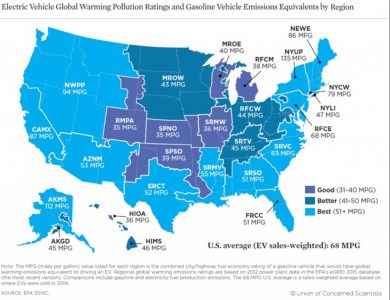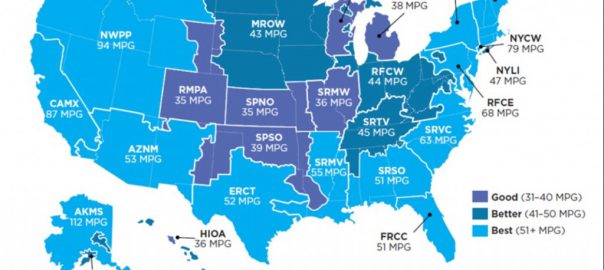Personal automobiles have given hundreds of millions of people the great luxury of a convenient and comfortable mode of transportation.

But there’s no escaping that manufacturing these vehicles, driving them for 10 years or more, and then disposing of them creates pollution that has a wide range of negative impacts.
As advocates and some governments push for more plug-in electric cars, that poses a valid question: what’s the total emission impact of driving a vehicle that plugs into the grid for its energy?
Over the last five years, electric vehicles have become a target for some who are not convinced that they will lead to less pollution.
Two different types of emission need to be considered. First, there is carbon dioxide (CO2), a climate-change gas.
Second are what the EPA calls criteria pollutants: other toxic substances that come out of the tailpipes of vehicles with combustion engines—and out of the smokestacks of any electric powerplant that burns any hydrocarbon fuel.
The CO2 question is more easily answered. Studies by numerous groups indicate that electric vehicles recharged on most North American grids are, at minimum, cleaner than almost any gasoline or diesel vehicle.
Read more: Green Car Reports
